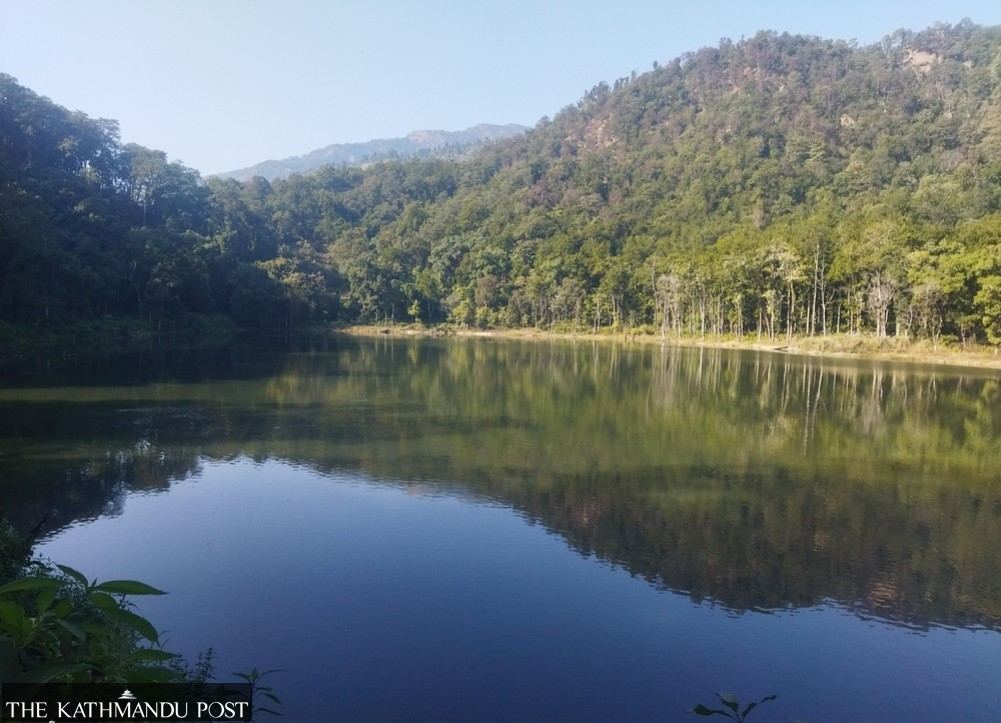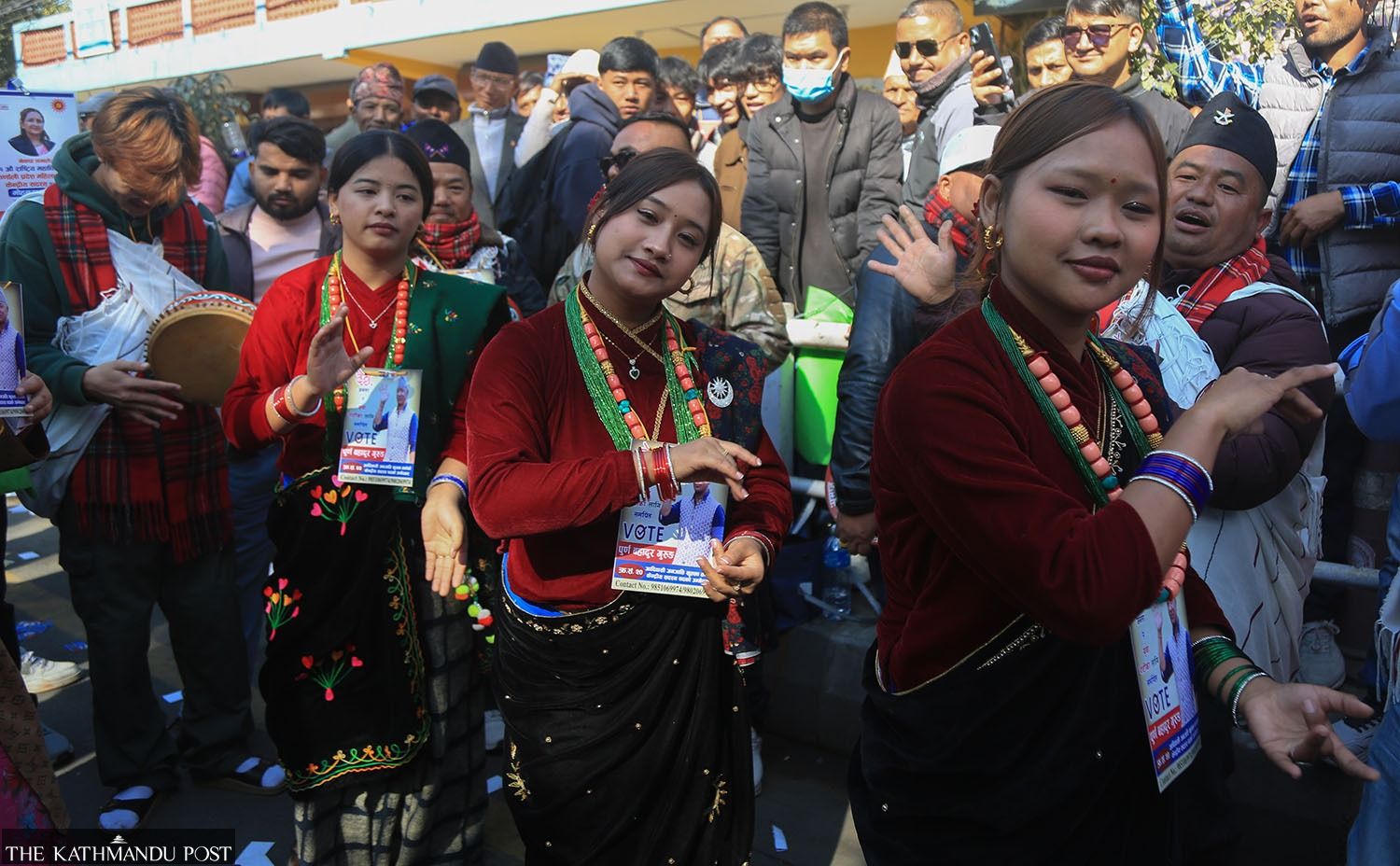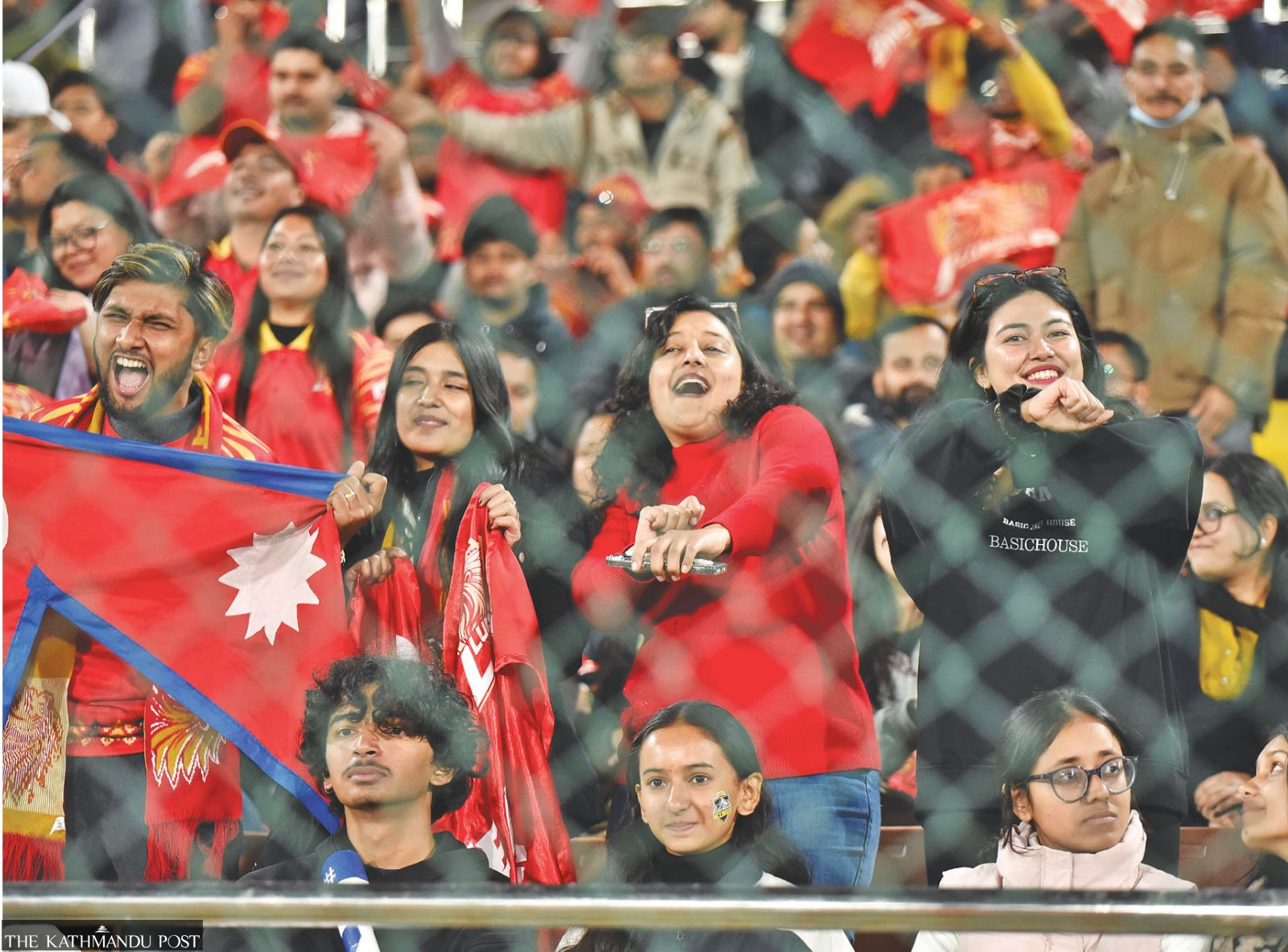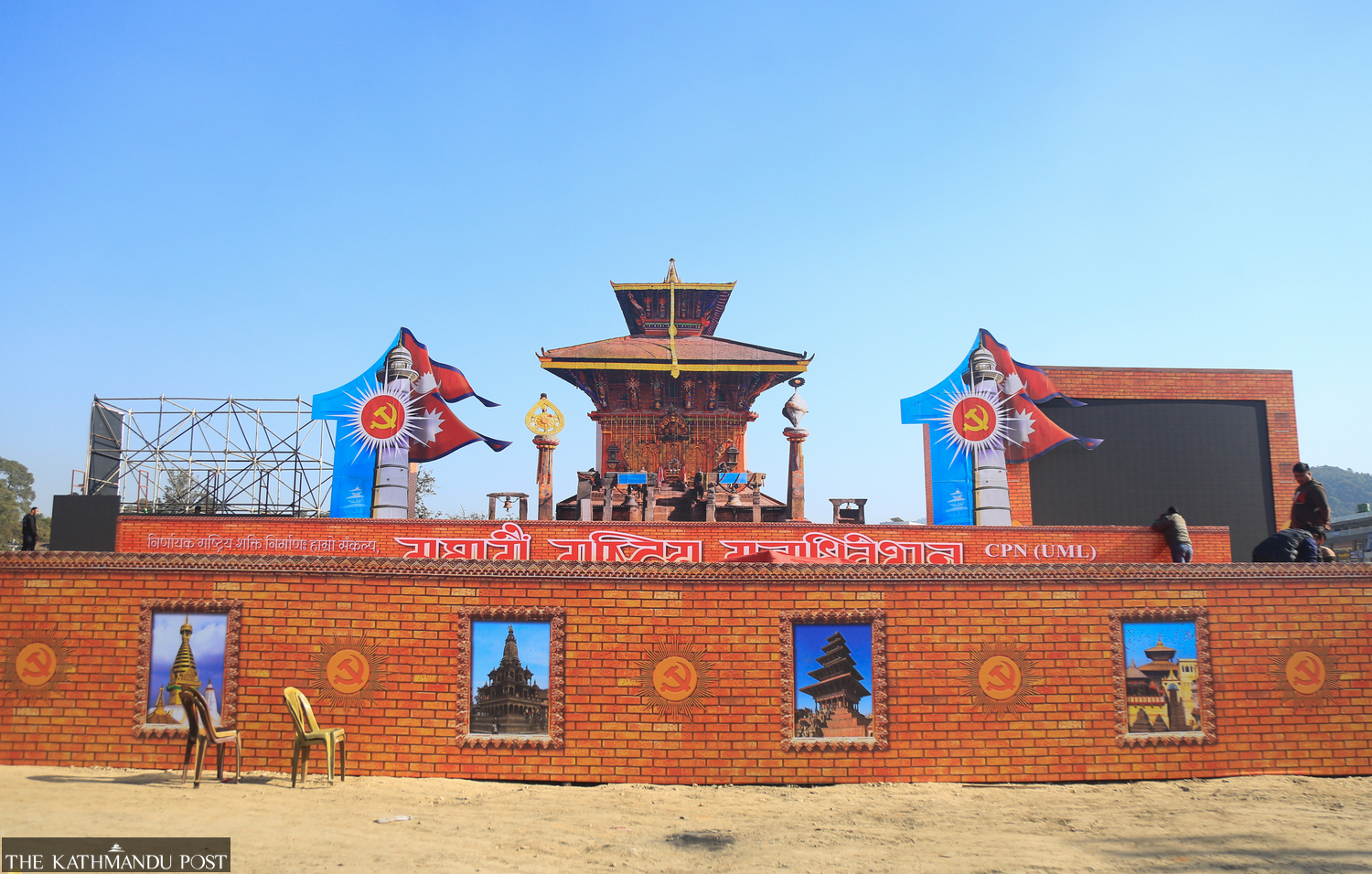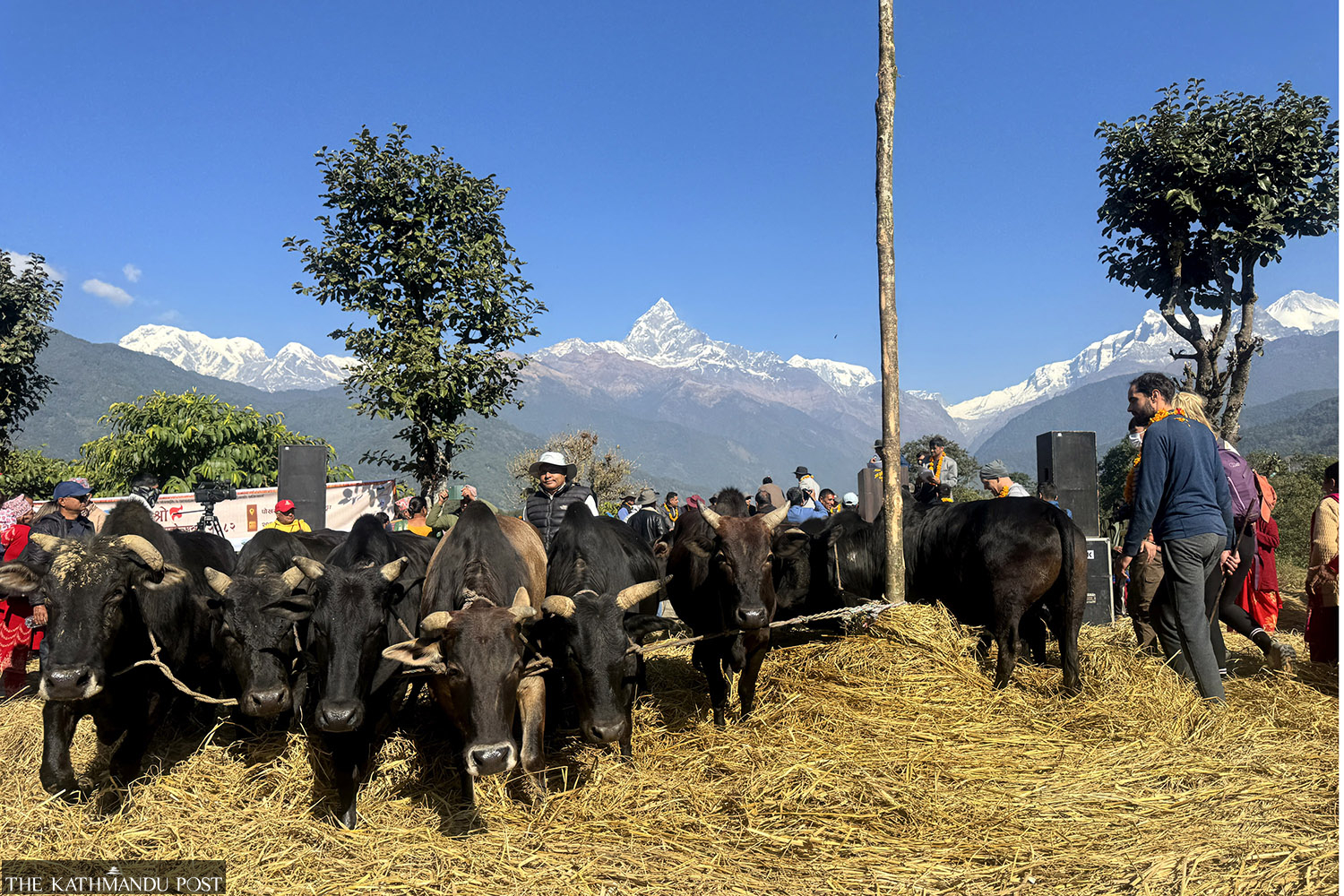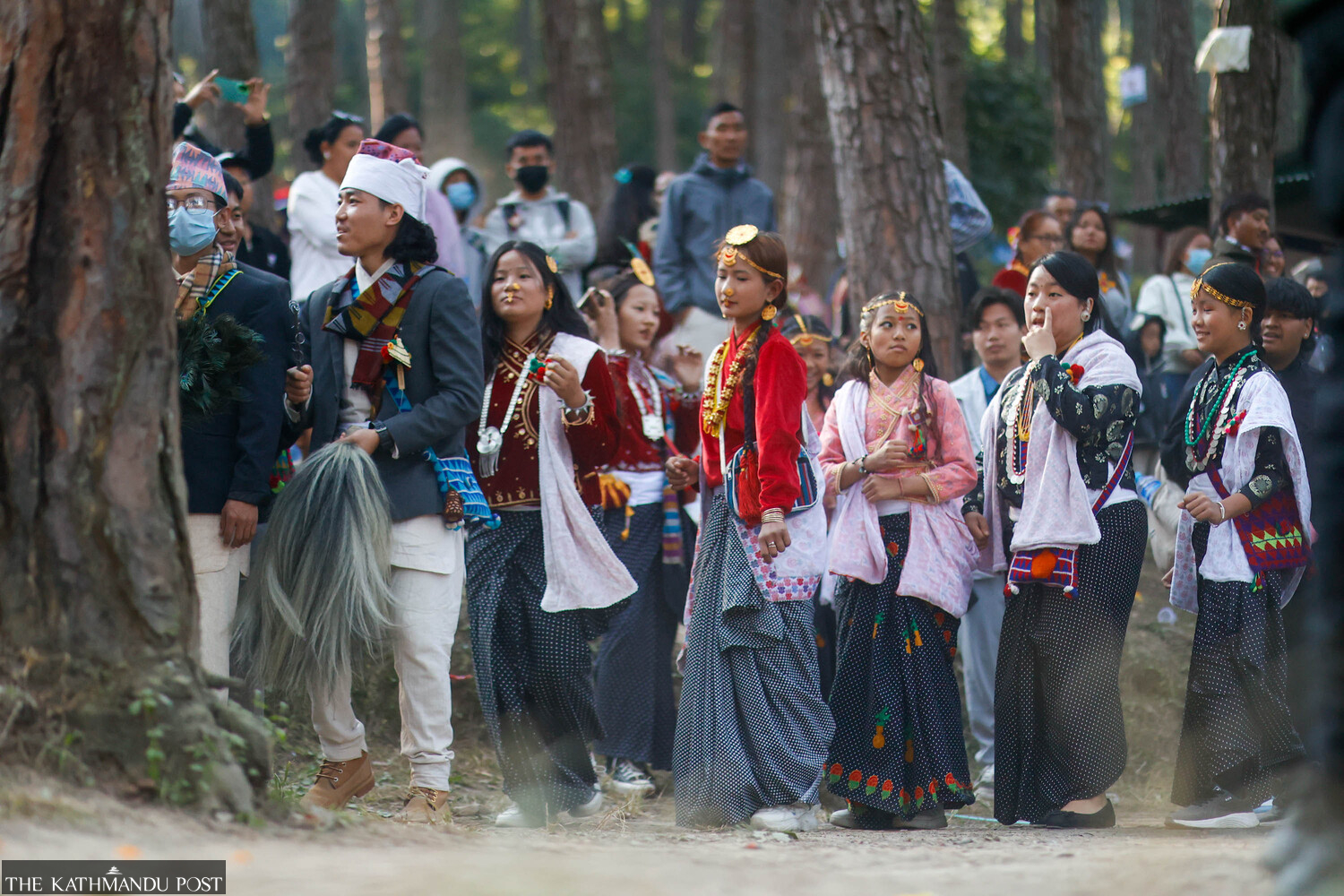bookmarkPublished at : December 23, 2019
Updated at : December 28, 2019 08:43
Parsa is regarded as one of the major industrial regions of the country. The district headquarters, Birgunj also borders with the southern neighbour. The Birgunj-Raxaul border crossing point is one of the busiest trade routes of the country.
Besides its economic significance, the district is also rich in cultural diversity. People of various ethnic, religious and cultural backgrounds have lived in harmony for centuries. Although Maithili, Hindi and Nepal Bhasa are spoken across Parsa, the majority of the people speak Bhojpuri.
It is also home to Parsa National Park, known for inhabiting Royal Bengal Tigers and Asian elephants among various species of mammals, birds and reptiles.
In the 1960s and 70s, volunteers from the US Peace Corps were posted across Nepal, serving and teaching in various sectors, including education, farming, and health.
These photos taken by them show the lives of people of Parsa at a different time in history.
![]() A fisherman with large fish at Tilawe Barrage near Birgunj in 1966. Nepal Photo History Project/Peace Corp
A fisherman with large fish at Tilawe Barrage near Birgunj in 1966. Nepal Photo History Project/Peace Corp![]() A farmer feeds his ox in a village in Parsa in 1967. Nepal Photo History Project/Peace Corp
A farmer feeds his ox in a village in Parsa in 1967. Nepal Photo History Project/Peace Corp![]() Two grain-storage structures and an elevated structure with round straw bales in a village in 1967. The foreground space was used as a fire pit where villagers gather at night to keep warm. Nepal Photo History Project/Peace Corp
Two grain-storage structures and an elevated structure with round straw bales in a village in 1967. The foreground space was used as a fire pit where villagers gather at night to keep warm. Nepal Photo History Project/Peace Corp![]() A farmer checks the flow of water in the fields in 1970. Nepal Photo History Project/Peace Corp
A farmer checks the flow of water in the fields in 1970. Nepal Photo History Project/Peace Corp![]() Biruwa Guthi village as seen from the roof of a large house in 1967. Nepal Photo History Project/Peace Corp
Biruwa Guthi village as seen from the roof of a large house in 1967. Nepal Photo History Project/Peace Corp![]() A farmer carries a plough in a village in Parsa 1967. Nepal Photo History Project/Peace Corp
A farmer carries a plough in a village in Parsa 1967. Nepal Photo History Project/Peace Corp![]() A visually impaired herdsman at Biruwa Guthi in 1967. Nepal Photo History Project/Peace Corp
A visually impaired herdsman at Biruwa Guthi in 1967. Nepal Photo History Project/Peace Corp![]() Two women, one smoking a hookah, in Biruwa Guthi circa 1968. Nepal Photo History Project/Peace Corp
Two women, one smoking a hookah, in Biruwa Guthi circa 1968. Nepal Photo History Project/Peace Corp![]() Children ride water buffalo at Biruwa Guthi in 1967. Nepal Photo History Project/Peace Corp
Children ride water buffalo at Biruwa Guthi in 1967. Nepal Photo History Project/Peace Corp![]() A groom is carried to his wedding in a palanquin circa 1966. Nepal Photo History Project/Peace Corp
A groom is carried to his wedding in a palanquin circa 1966. Nepal Photo History Project/Peace Corp![]() A cobbler at the weekly market in a village in 1967. Nepal Photo History Project/Peace Corp
A cobbler at the weekly market in a village in 1967. Nepal Photo History Project/Peace Corp![]() A man, dressed as a woman, dances at a wedding ceremony circa 1966. Nepal Photo History Project/Peace Corp
A man, dressed as a woman, dances at a wedding ceremony circa 1966. Nepal Photo History Project/Peace Corp![]() A wrestling event at Biruwa Guthi in 1967. The event also involved stick fights between men. The sticks can be seen among the men surrounding the wrestlers. Nepal Photo History Project/Peace Corp
A wrestling event at Biruwa Guthi in 1967. The event also involved stick fights between men. The sticks can be seen among the men surrounding the wrestlers. Nepal Photo History Project/Peace Corp![]() A man sleeps on a log, with his hand farming implement by him, in the village's mango tree grove in Biruwa Guthi circa 1967. Nepal Photo History Project/Peace Corp
A man sleeps on a log, with his hand farming implement by him, in the village's mango tree grove in Biruwa Guthi circa 1967. Nepal Photo History Project/Peace Corp![]() Men and older boys make beedis in Birgunj circa 1966. Nepal Photo History Project/Peace Corp
Men and older boys make beedis in Birgunj circa 1966. Nepal Photo History Project/Peace Corp![]() A freshly killed goat is hung on a pole at a weekly market in Biruwa Guthi in 1967. Nepal Photo History Project/Peace Corp
A freshly killed goat is hung on a pole at a weekly market in Biruwa Guthi in 1967. Nepal Photo History Project/Peace Corp![]() An ascetic in a village circa 1967. Nepal Photo History Project/Peace Corp
An ascetic in a village circa 1967. Nepal Photo History Project/Peace Corp![]() A Path that leads into Biruwa from the east side of the village in 1968. Nepal Photo History Project/Peace Corp
A Path that leads into Biruwa from the east side of the village in 1968. Nepal Photo History Project/Peace Corp![]() Bullock carts, with sugar cane from neighbouring areas, at the sugar cane factory just north of Birgunj circa 1966. Nepal Photo History Project/Peace Corp
Bullock carts, with sugar cane from neighbouring areas, at the sugar cane factory just north of Birgunj circa 1966. Nepal Photo History Project/Peace Corp![]() A steam engine is used to pack down crushed stones on a street in Birgunj circa 1966. Nepal Photo History Project/Peace Corp
A steam engine is used to pack down crushed stones on a street in Birgunj circa 1966. Nepal Photo History Project/Peace Corp![]() A fisherman at Tilawe Barrage near Birgunj in 1966. Nepal Photo History Project/Peace Corp
A fisherman at Tilawe Barrage near Birgunj in 1966. Nepal Photo History Project/Peace Corp![]() A boy on a bicycle during the Holi festival in Birgunj in 1968.
A boy on a bicycle during the Holi festival in Birgunj in 1968. ![]() A man sells marijuana and chillums at a market in Birgunj in 1970. Nepal Photo History Project/Peace Corp
A man sells marijuana and chillums at a market in Birgunj in 1970. Nepal Photo History Project/Peace Corp![]() A street fair organised on the occasion of Saraswati Puja on the main street of Birgunj in 1968. Nepal Photo History Project/Peace Corp
A street fair organised on the occasion of Saraswati Puja on the main street of Birgunj in 1968. Nepal Photo History Project/Peace Corp![]() A wandering musician with his wind-up record player at a Sakhuwa Parsauni village circa 1970. Nepal Photo History Project/Peace Corp
A wandering musician with his wind-up record player at a Sakhuwa Parsauni village circa 1970. Nepal Photo History Project/Peace Corp![]() Bride and groom in the vicinity of Birgunj in 1968. Nepal Photo History Project/Peace Corp
Bride and groom in the vicinity of Birgunj in 1968. Nepal Photo History Project/Peace Corp![]() A village school in Parsa district. The second story classroom protects occupants from animals and mud during monsoon rains. Nepal Photo History Project/Peace Corp
A village school in Parsa district. The second story classroom protects occupants from animals and mud during monsoon rains. Nepal Photo History Project/Peace Corp![]() A paperboy delivers local Birgunj newspaper in 1968. Nepal Photo History Project/Peace Corp
A paperboy delivers local Birgunj newspaper in 1968. Nepal Photo History Project/Peace Corp![]() Women and children in a village near Biruwa Guthi in 1967. A bird-cage can be seen hanging on the house near to the door. Drawings of animals can be seen on the wall. Nepal Photo History Project/Peace Corp
Women and children in a village near Biruwa Guthi in 1967. A bird-cage can be seen hanging on the house near to the door. Drawings of animals can be seen on the wall. Nepal Photo History Project/Peace Corp![]() The students of Tri Juddha High School enjoy their break by using school benches as slides. Nepal Photo History Project/Peace Corp
The students of Tri Juddha High School enjoy their break by using school benches as slides. Nepal Photo History Project/Peace Corp![]() A train driver on the Raxaul-Amlekhagunj line north of Birgunj in 1968. Nepal Photo History Project/Peace Corp
A train driver on the Raxaul-Amlekhagunj line north of Birgunj in 1968. Nepal Photo History Project/Peace Corp![]() The Parwanipur Agriculture Station Training Centre built by the U.S. Peace Corps between Simra and Birgunj in 1968. Nepal Photo History Project/Peace Corp
The Parwanipur Agriculture Station Training Centre built by the U.S. Peace Corps between Simra and Birgunj in 1968. Nepal Photo History Project/Peace Corp![]() The Science lab at Birganj Campus in 1974. Nepal Photo History Project/Peace Corp
The Science lab at Birganj Campus in 1974. Nepal Photo History Project/Peace Corp![]() People on their way to a wedding ceremony in a traditional ox cart in Shripur village circa 1970. Nepal Photo History Project/Peace Corp
People on their way to a wedding ceremony in a traditional ox cart in Shripur village circa 1970. Nepal Photo History Project/Peace Corp![]() A primary school outside of Birgunj in 1974. Nepal Photo History Project/Peace Corp
A primary school outside of Birgunj in 1974. Nepal Photo History Project/Peace CorpThis photo essay is part of our Once Upon a Time series, featuring photographs taken by US Peace Corps volunteers in the 1960s and 70s.
To see more photo essays in the series, visit tkpo.st/eka-deshma
Once Upon a Time

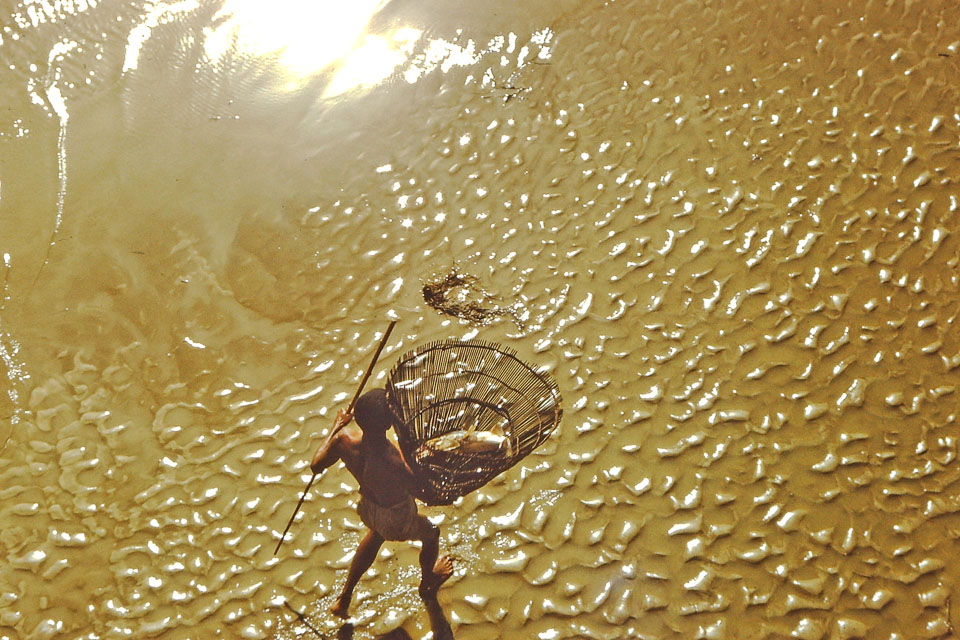


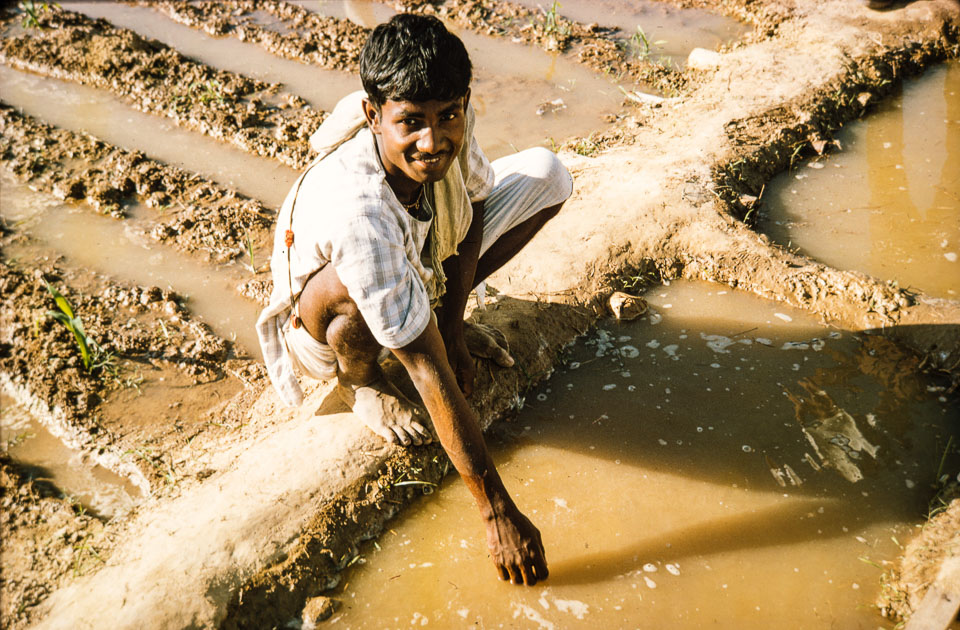




.jpg)
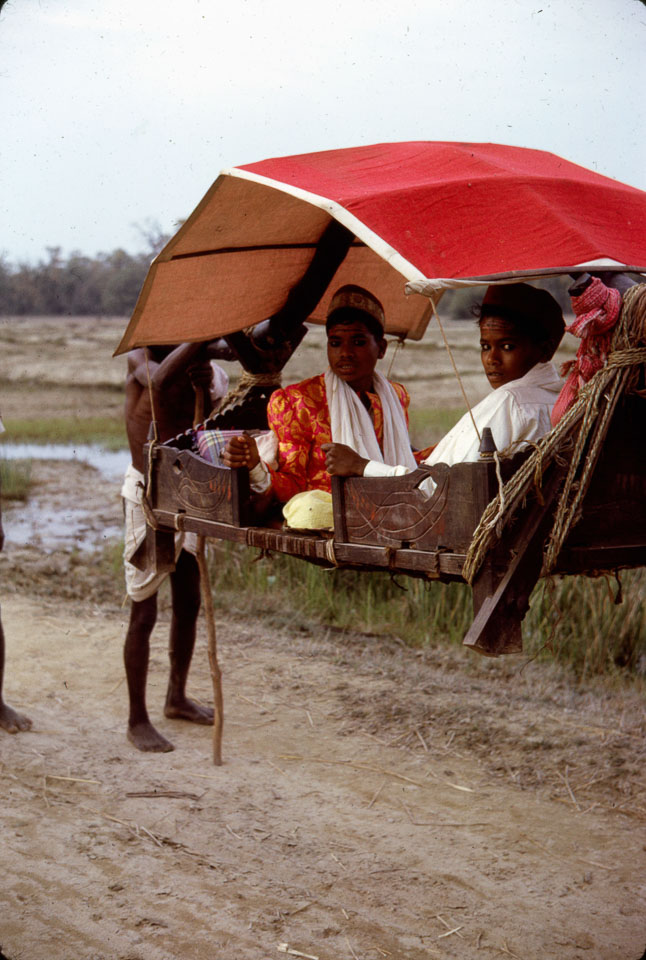

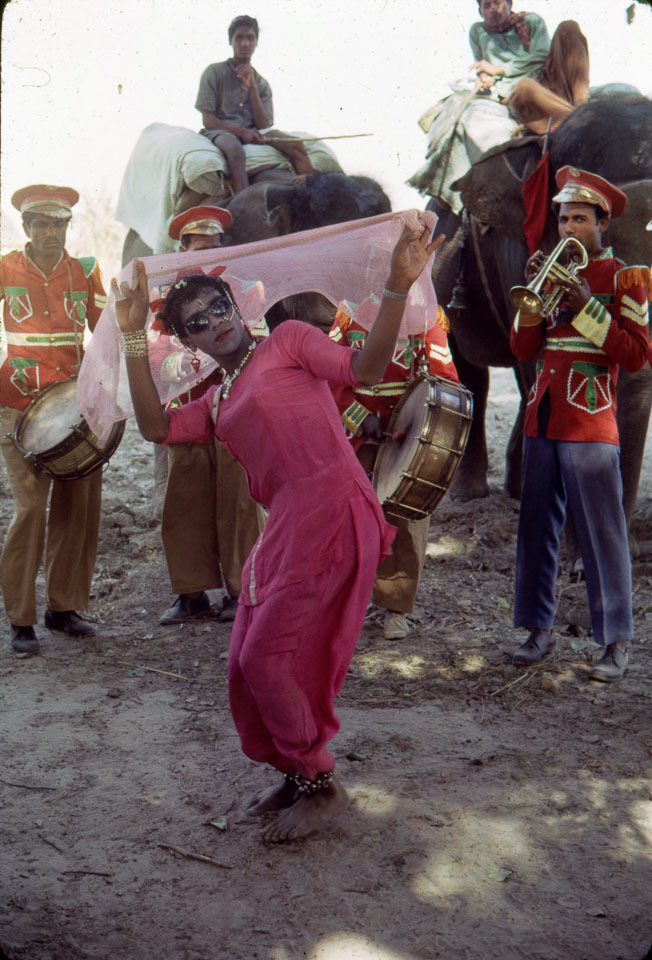

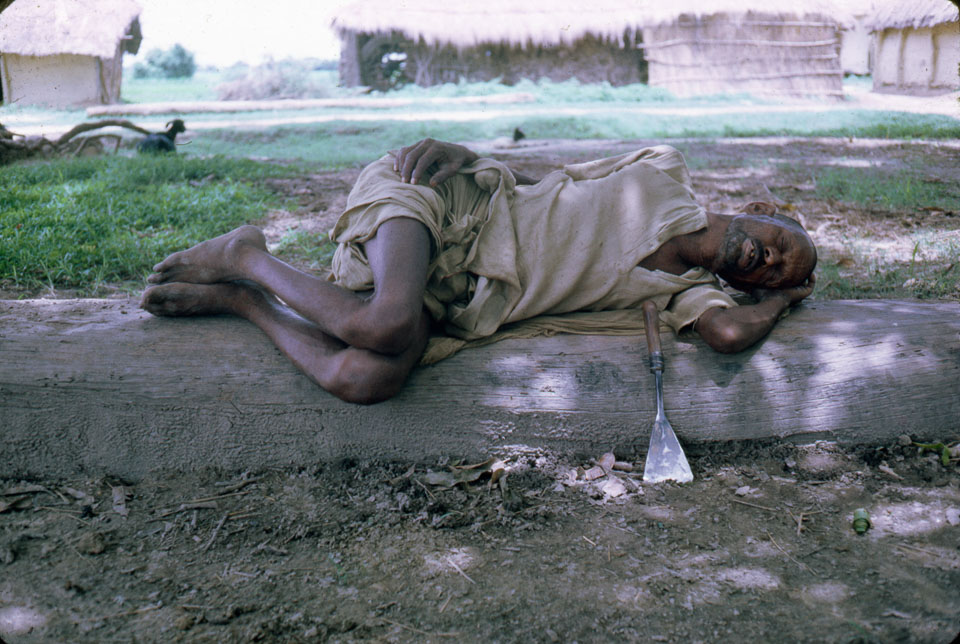


.jpg)
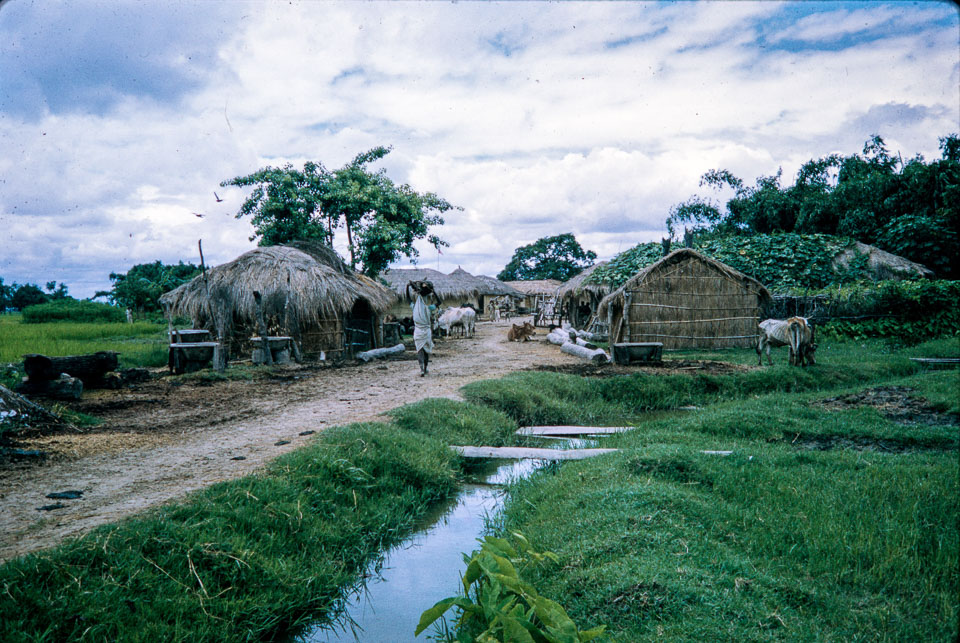
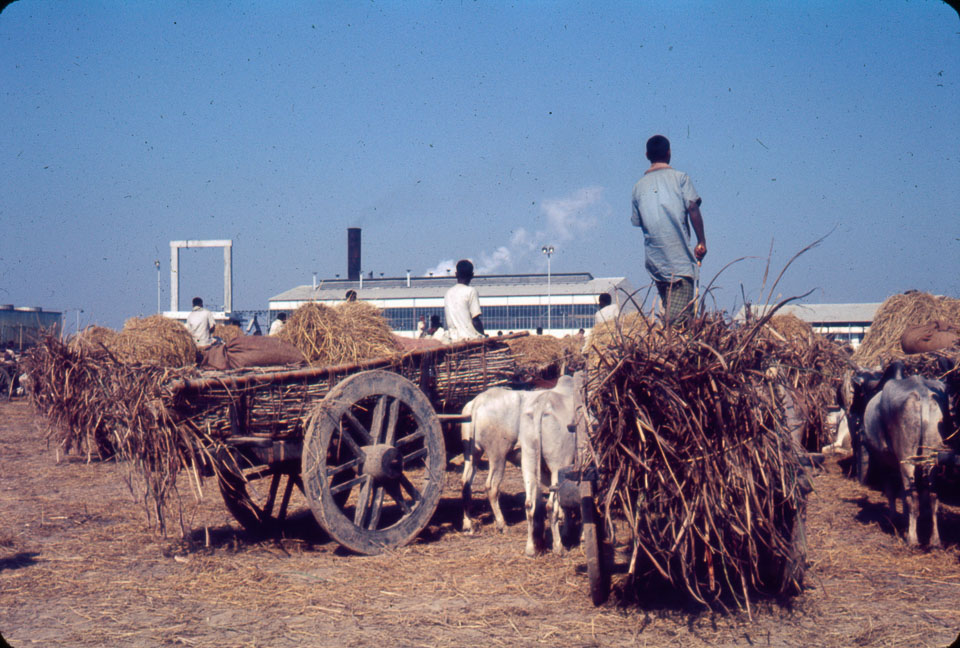

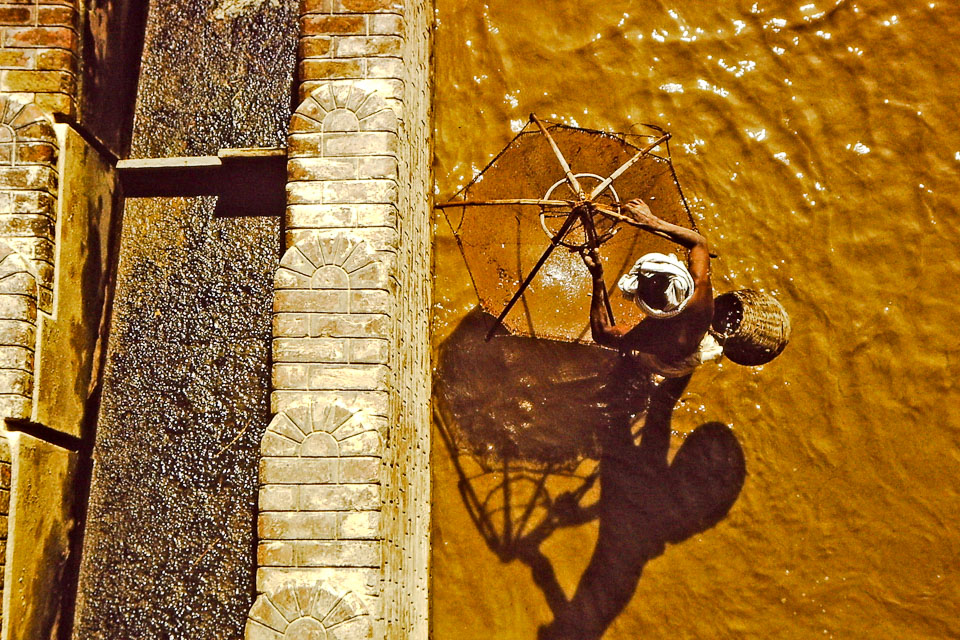
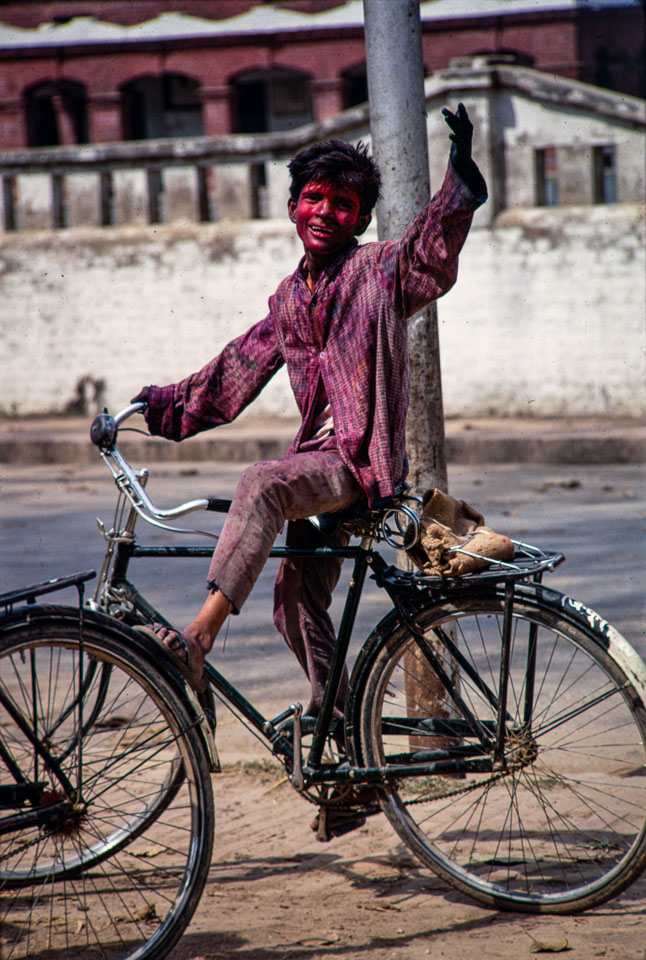


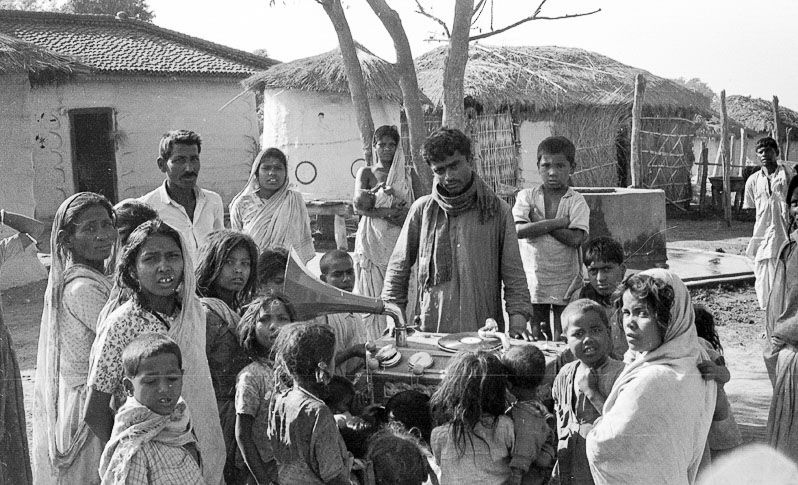
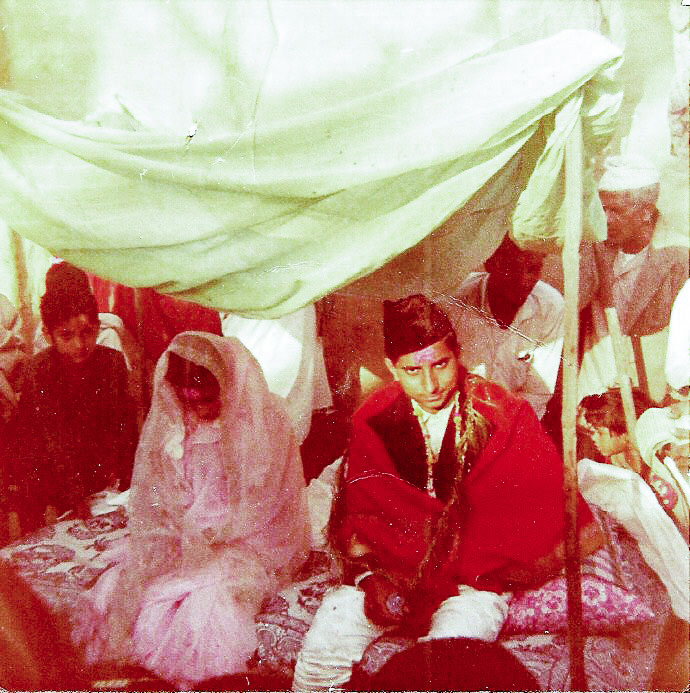
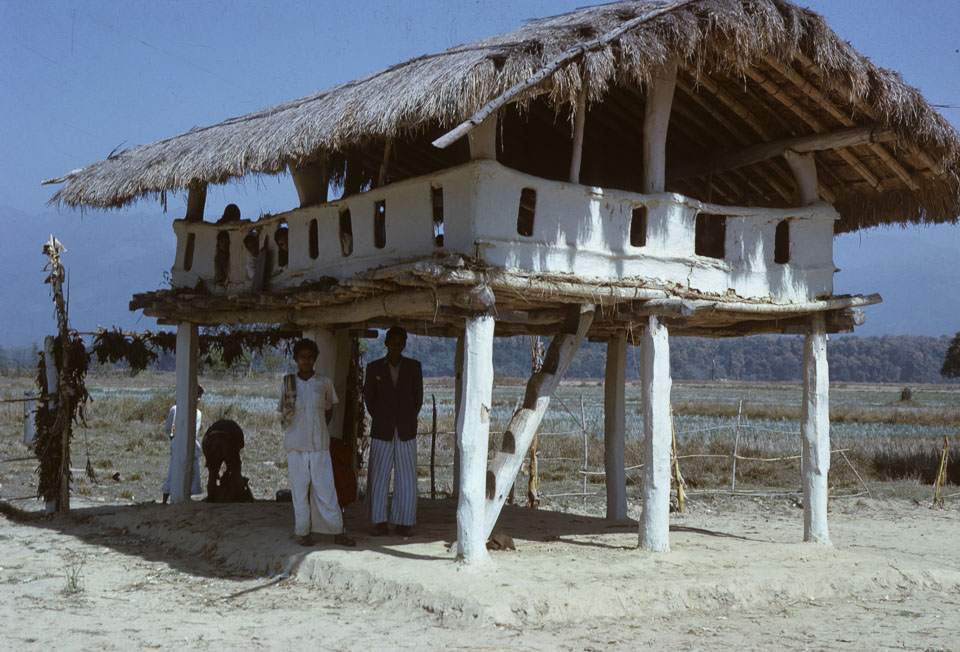
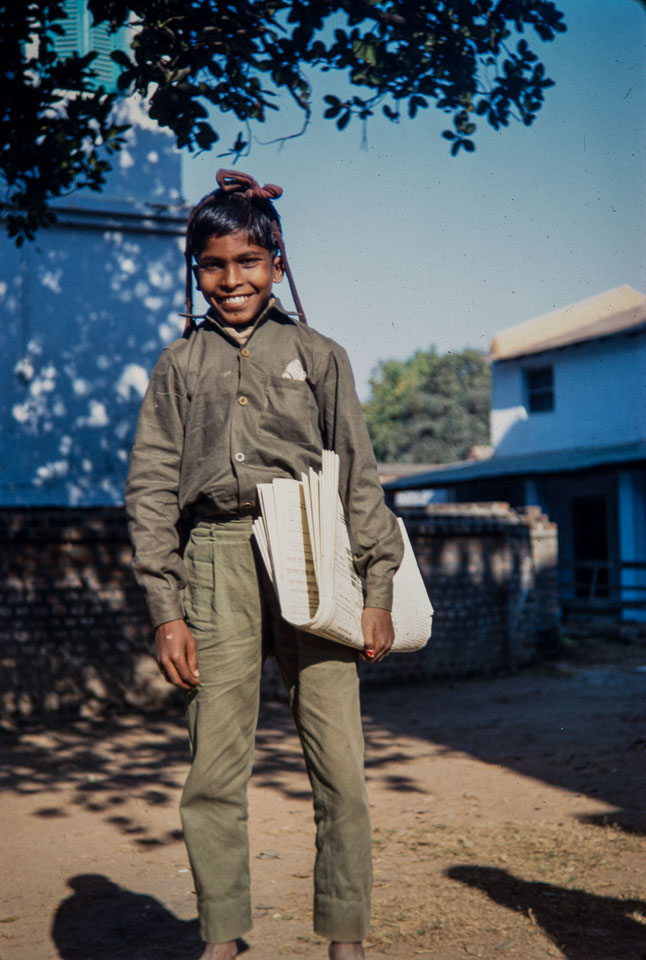

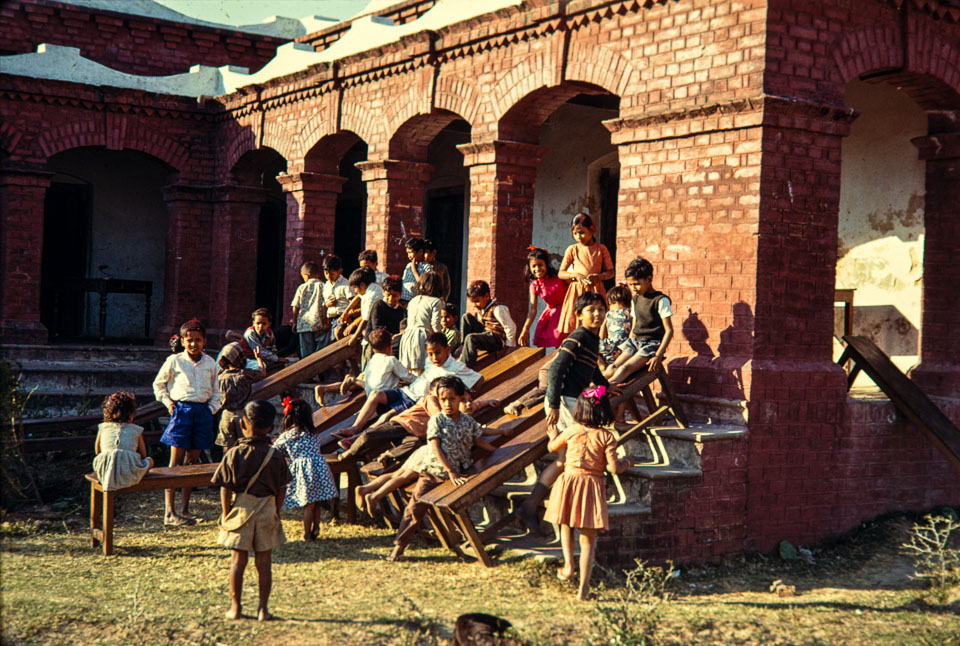
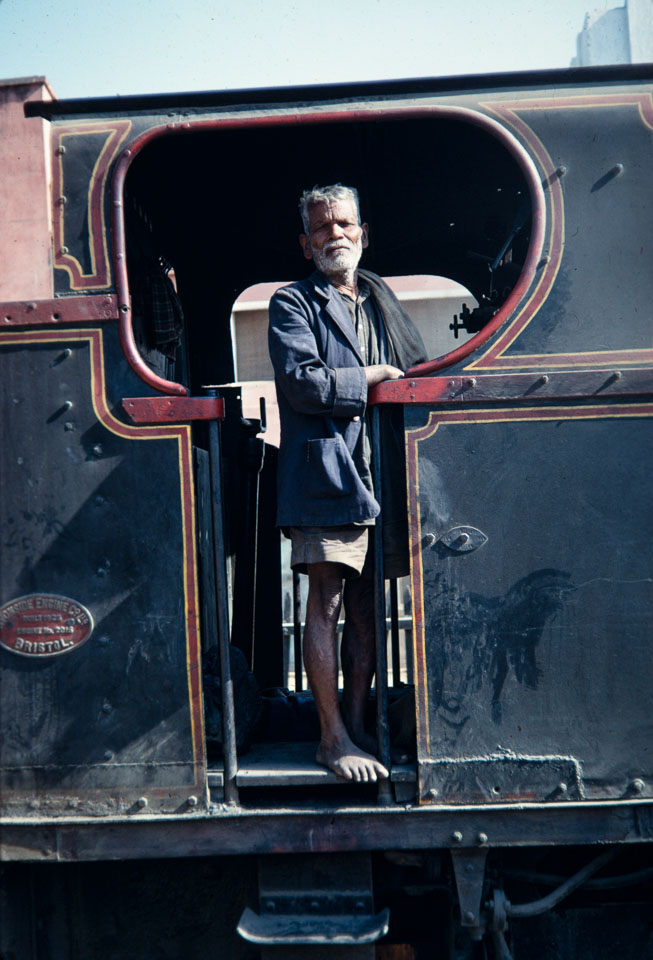
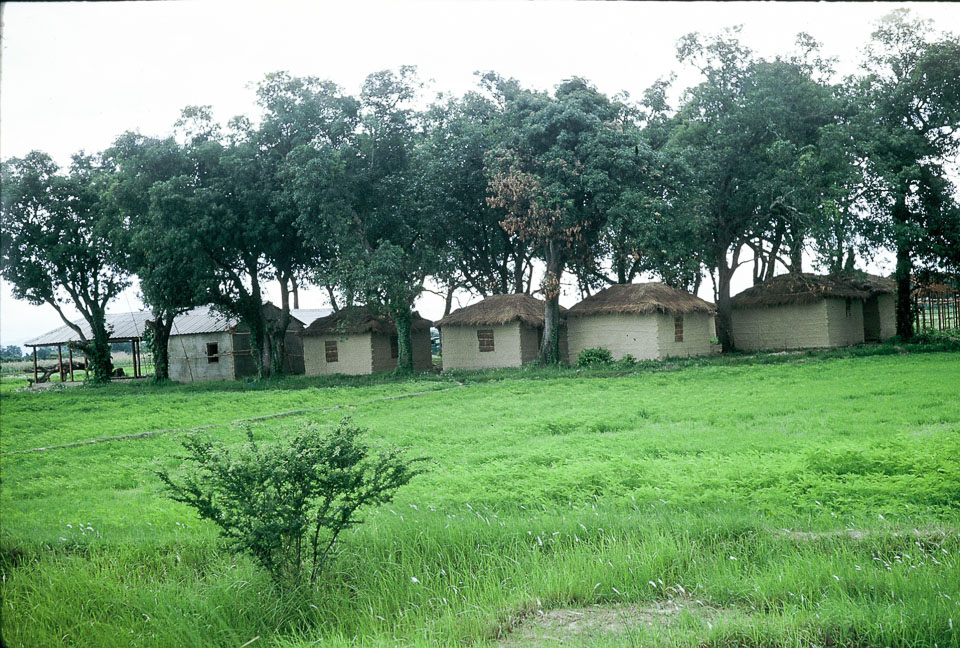
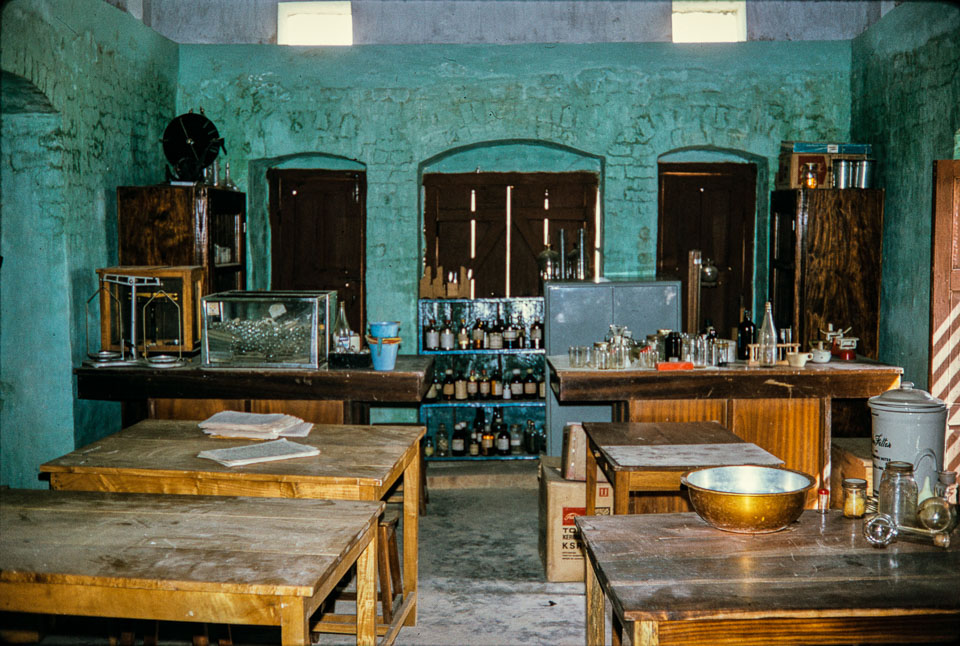
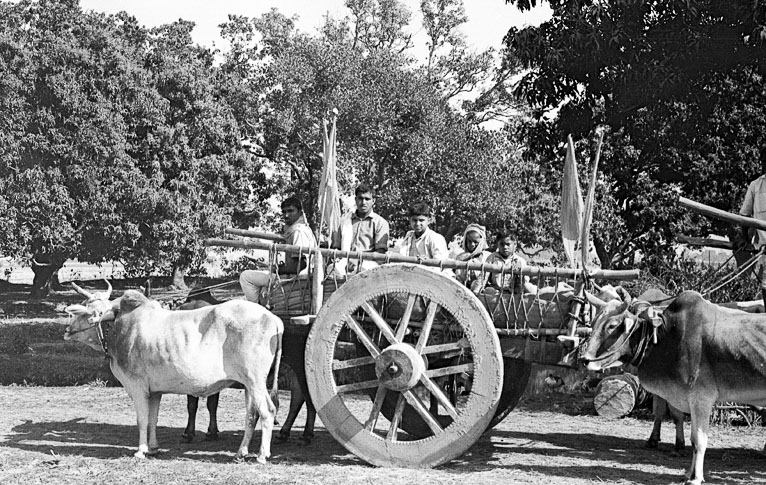





 12.12°C Kathmandu
12.12°C Kathmandu